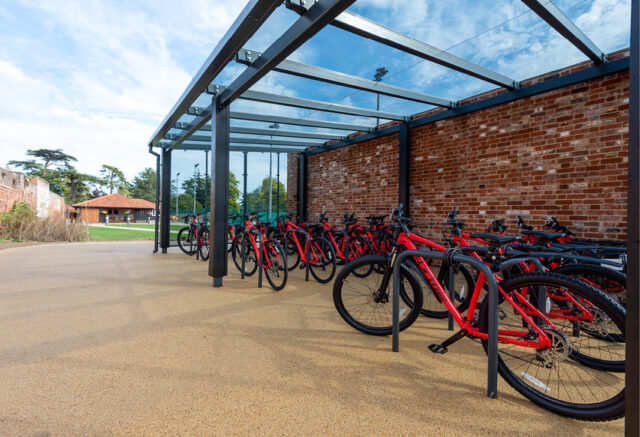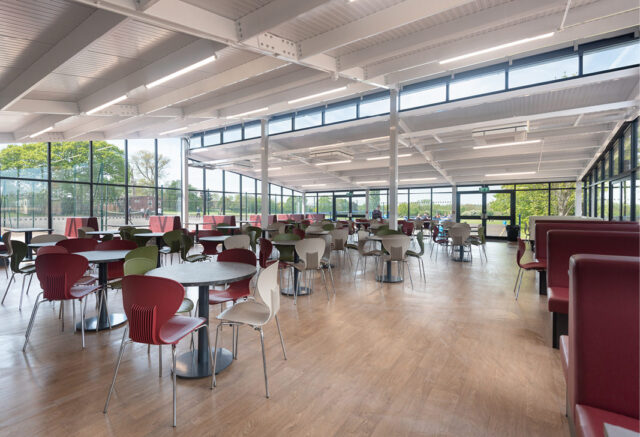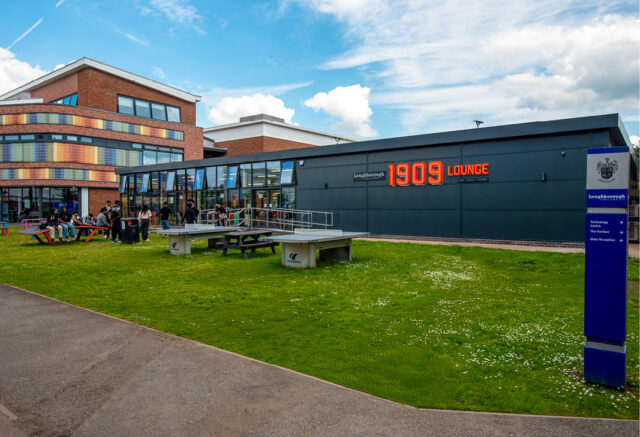The call to achieve net zero carbon emissions by 2050 is one that affects all industries. For the education sector, fostering academic, social and cultural development for our future generations, it could be considered even more significant.
Independent schools are increasingly recognising that sustainability is a matter of conscience and a potential strategic advantage. Does sustainability give certain schools a competitive edge compared to other independent schools in their area?
Choosing sustainability
Independent Education Today explains that at the heart of the ethos of many independent schools, there is a strong sense of duty and responsibility. As families, staff and stakeholders seek out institutions which reflect their values, schools with visible, credible sustainability commitments can gain ground in a competitive marketplace.
The education sector is an important component of the UK’s net zero strategy, in terms of both the carbon footprint of school buildings and operations, as well as the opportunities to teach about environmental issues and empower climate action. Developing a robust sustainability and net zero strategy can strengthen educational institutions, in a world experiencing a transition into more sustainable practices.
Environmental, Social and Governance (ESG) is rapidly becoming a top priority conversation for independent schools. Stakeholders are assessing organisations against the ESG framework and some are even cutting ties with partners who do not meet required ESG and sustainability criteria.
Sustainability is considered an expectation among many parents and students alike. A 2024 report stated that 78% of consumers view sustainability as an important factor when making decisions. Schools that adopt sustainable practices transform into community leaders driving positive change. This shift can resonate deeply with eco-conscious families. It demonstrates a forward-thinking commitment to environmental responsibility.
A recent study found that 73% of independent schools include sustainability in their five-year strategic plans and 44% already have a strategy in place. The Independent Schools Council (ISC) reports that over 30 member schools have pledged to reach net zero by 2030.
Sustainability in independent schools – What does that look like?
Physical environment
For prospective families, sustainability touches everything from curriculum to campus. A school’s physical environment is a powerful communicator of its priorities. Energy efficient new spaces, airy extensions using sustainable materials, rewilded outdoor areas, biodiverse green roof and wall infrastructure, or simply improved walking and cycling access make a strong statement.
Attitude shifts
Attitude and behavioural shifts, such as reducing waste or choosing more sustainable methods, are important when they are integrated into daily life and led by pupils. For independent schools, the autonomy to act is one of their greatest assets. With greater flexibility in governance and procurement, these schools are particularly well placed to lead on innovative approaches to design and construction.
Sustainable school construction
We are seeing a growing move toward high-performance buildings, flexible outdoor structures and campus enhancements that prioritise low-impact materials and long-term value. It is reported that 26% of schools are already investing in sustainable materials and another 26% are adopting modern methods of construction.
ZONE Design. Build
Design-build is helping independent schools meet sustainability goals with less disruption and greater long-term value. ZONE Design.Build specialises in permanent, high-performance buildings for education, using methods which reduce material waste, shorten project timeframes and support schools in achieving their climate action plans.
By integrating design and delivery from the outset, ZONE enables schools to expand their estates responsibly and for a fraction of the cost of a traditional build – while aligning with the Department for Education’s net zero ambitions. As independent schools seek to demonstrate environmental leadership, a design-build approach offers a reliable, affordable route to delivering fit-for-purpose, future-ready spaces.
Take a look at some of our case studies and find out more about the ZONE Design. Build method.




